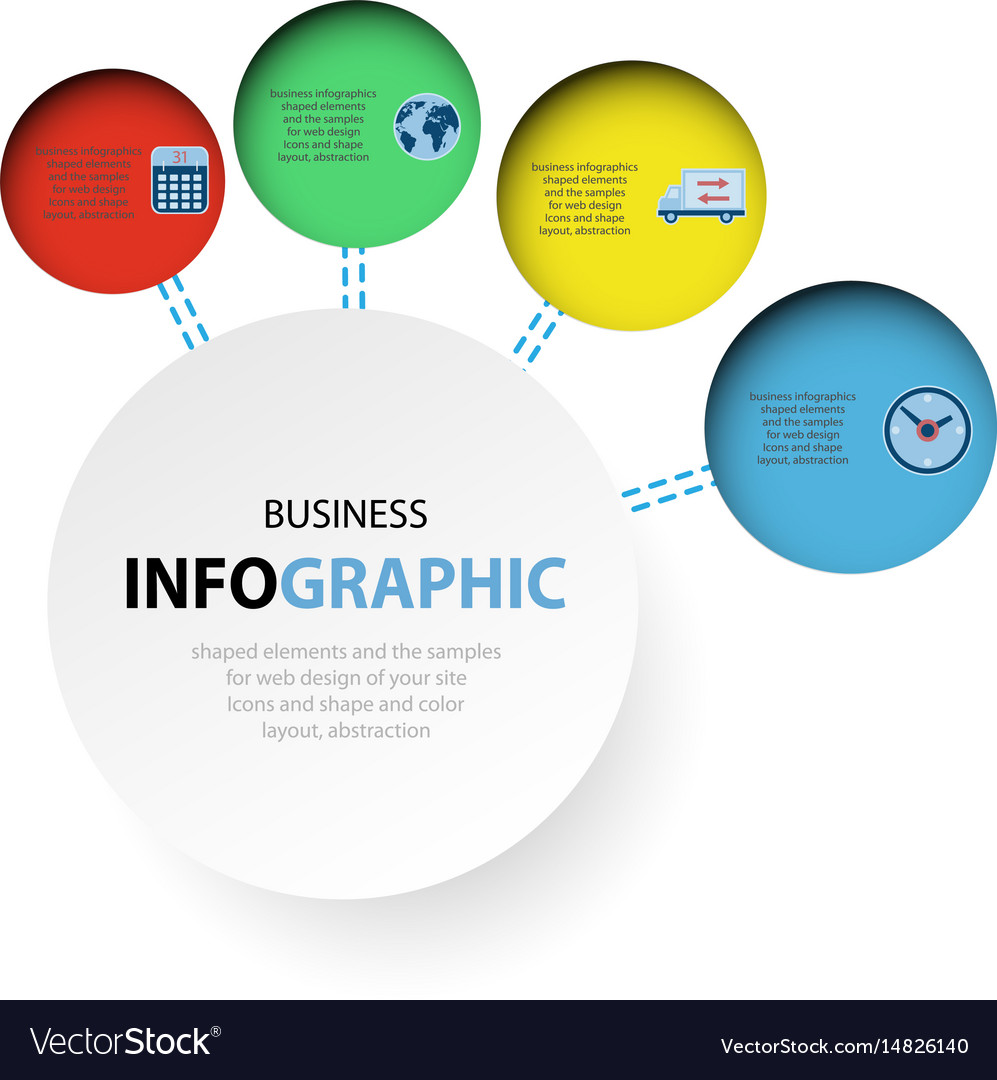Fascinated In Finding Out Just How Internet Site Style Has Developed For Many Years? Explore The Journey From Fundamental, Uncomplicated Layouts To User-Centric Interfaces That Prioritize The Visitor'S Experience
Fascinated In Finding Out Just How Internet Site Style Has Developed For Many Years? Explore The Journey From Fundamental, Uncomplicated Layouts To User-Centric Interfaces That Prioritize The Visitor'S Experience
Blog Article
Authored By-Lamb Wong
In the past, websites were simple and concentrated on info. website aa compliant was direct, and layout was for desktops. Currently, customer experience is essential. Data guides layouts for easy navigating. Receptive layouts suit different gadgets. Today, dark mode lowers strain, and minimalist food selections improve navigating. Interactive attributes involve customers, and strong visuals stand apart. AI assimilation boosts involvement. See just how style has actually progressed to boost your online trip.
Very Early Days of Web Design
In the very early days of web design, simpleness reigned supreme. Web sites were standard, with limited shades, fonts, and layouts. The emphasis was on supplying info instead of showy visuals. Customers accessed the internet through slow dial-up connections, so speed and functionality were crucial.
Navigation food selections were straightforward, typically located on top or side of the web page. Web sites were developed for home computer, as mobile browsing had not been yet common. Web content was king, and designers prioritized easy readability over complex style aspects.
HTML was the primary coding language utilized, and developers needed to function within its constraints. Computer animations and interactive features were very little compared to today's standards. Sites were static, with little vibrant material or individualized user experiences.
Surge of User-Focused Style
With the evolution of internet site layout, a shift in the direction of user-focused design concepts has come to be increasingly popular. Today, creating web sites that focus on individual experience is critical for involving visitors and accomplishing service objectives. User-focused layout entails understanding the demands, preferences, and actions of your target market to tailor the internet site's format, web content, and features accordingly.
Designers now perform complete research study, such as individual studies and usability testing, to collect insights and comments directly from individuals. This data-driven technique helps in developing user-friendly navigation, clear calls-to-action, and visually appealing interfaces that reverberate with site visitors. By putting the user at the center of the layout procedure, web sites can provide a much more individualized and enjoyable experience.
Receptive design has likewise become a crucial element of user-focused layout, making certain that sites are maximized for various tools and display dimensions. This flexibility improves access and usability, satisfying the diverse methods individuals interact with websites today. Basically, the increase of user-focused layout signifies a change towards producing electronic experiences that prioritize the needs and expectations of the end customer.
Modern Trends in Website Design
Explore the most recent trends forming website design today. One popular fad is dark setting layout, supplying a sleek and modern look while minimizing eye pressure in low-light environments. google my business get your free business profile on google is minimal navigating, streamlining food selections and boosting individual experience by concentrating on essential elements. Incorporating micro-interactions, such as computer animated switches or scrolling results, can produce a much more interesting and interactive internet site. Receptive design continues to be important, making sure smooth individual experiences across various tools. In addition, utilizing strong typography and unbalanced formats can add aesthetic rate of interest and draw attention to certain web content.
Incorporating AI technology, like chatbots for client support or personalized referrals, enhances customer engagement and streamlines procedures. Access has likewise come to be a substantial pattern, with designers focusing on comprehensive design techniques to deal with varied user needs. Accepting sustainability by optimizing website efficiency for rate and performance is one more arising trend in website design. Teaming up with user responses and information analytics to iterate and improve design continually is vital for staying pertinent in the ever-evolving electronic landscape. By embracing these modern trends, you can produce a visually appealing, user-friendly website that resonates with your audience.
Verdict
As you assess the advancement of website layout from the early days to currently, you can see how user-focused layout has actually become the driving pressure behind modern-day patterns.
Welcome the journey of modification and adjustment in website design, always keeping the individual experience at the center.
Remain existing with the most up to date trends and technologies, and never quit developing your strategy to develop visually magnificent and straightforward internet sites.
Develop, adapt, and develop - the future of website design remains in your hands.
